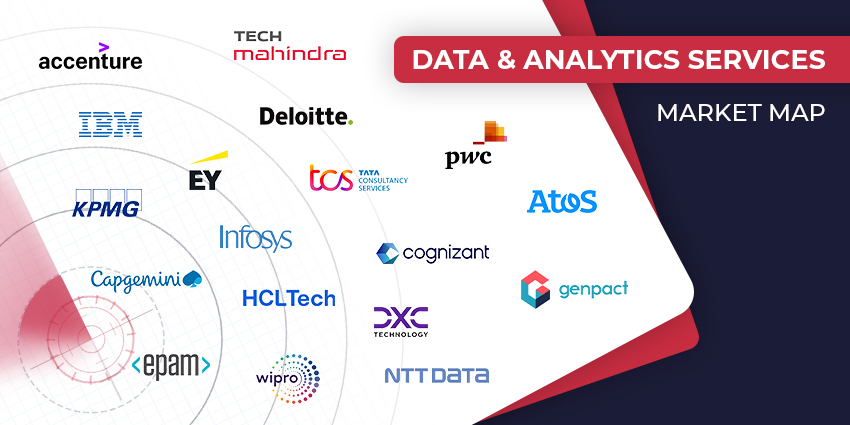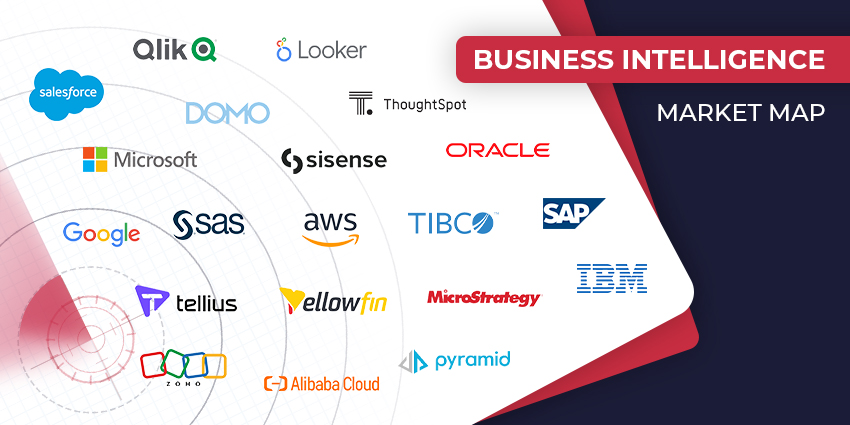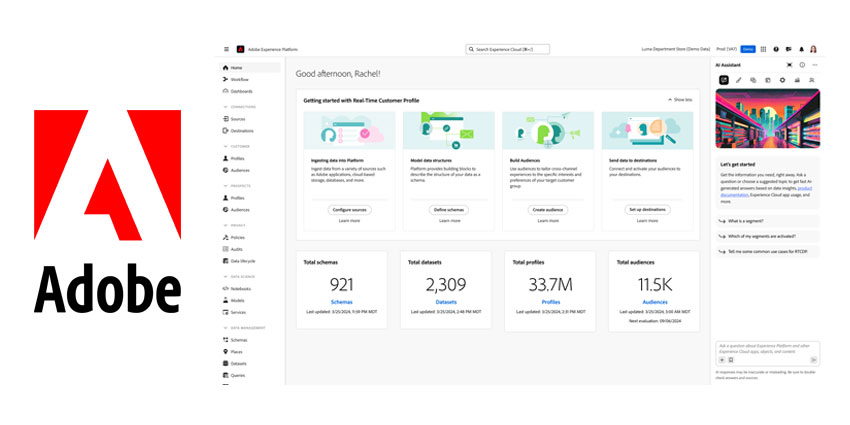Predicting a customer’s needs couldn’t be more important at a time like now. The COVID-19 crisis has resulted in a new breed of customer, with attributes such as higher levels of demand, increased personalisation and a desire for omni-channel experimentation, to name a few. With little or no data freely available on the post-COVID customer, understanding these new customers is quite the challenge. To discuss how real-time and predictive analytics can help, CX Today spoke with Jake Gardiner, Senior Account Executive at Odigo, a leader in Contact Centre as a Service (CCaaS) solutions.
“COVID, I think, has caused fluctuations in customer behaviours,” Gardiner begins, citing ways the pandemic has changed the behaviours of customers. “Initially customers were sympathetic to the strains COVID put on contact centres and contact centre agents, but now that empathy has dwindled.
“Organisations were quick to publicise the delays COVID was introducing on call-wait time, but these warnings have seemed to continue indefinitely. Organisations have had ample time to implement future-proof solutions to ease the burden COVID has brought, and customers are now frustrated with the lack of proactivity shown. Customers’ expectations are back in-line with what they were pre-COVID, if not higher.
“COVID has also had a significant impact on the way customers interact with organisations, as they are opting to use channels they may have never considered before, e.g. webchat, social and other self-service methods. The prevalence of digital channel adoption is also on the up for all customer demographics.”
He adds: “Customers are now willing to try a new and different way to contact organisations, providing it does what it says on the tin. For example, if I am told I will receive an SMS update in no less than 24 hours and don’t receive one, I will phone the contact centre, and am unlikely to use that service again.”
“Real–time and predictive analytics has many benefits in the contact centre. It can aid the employee experience by tracking KPIs, forecast customer needs to improve CX and even boost a business through better decision-making. But when it comes to not only navigating a contact centre post-pandemic but also supercharging a businesses’ CX offering, one of its most important functions is to identify customer trends. Despite this, many companies are not using the tool to its full potential”, Gardiner says.
“It’s an extremely powerful suite of technologies, providing it’s implemented with the customer in mind. Surely, that’s the whole purpose of analytics? However, only 37% of organisations feel they are using advanced analytics to create value.”
‘A Strategic Differentiator’
Gardiner believes that real-time and predictive analytics has the power to transform a contact centre from a cost centre to an experience centre.
“It’s a strategic differentiator that can introduce substantial improvements to customer satisfaction (CSAT) levels, increase sales conversion rates and reduce operating costs. It does this by analysing said CX trends and creating a blueprint of what a successful customer exchange looks like. Organisations can then apply these findings through either coaching of agents, process simplification, refinement of product/service strategies and implement targeted employee engagement initiatives.”
The major shift in consumer behaviours brought about by the pandemic has sparked unease within organisations, who have had to become familiar with their customer base all over again. The pandemic, combined with remote working conditions, has highlighted the need for help in dealing with these new customers that businesses can only obtain through the use of real-time and predictive analytics.
Gardiner says: “Homeworking has created this urge to suddenly re-evaluate what businesses know about their customers and to ensure they’ve ‘got it right’.
“There will of course be an element of organisations wanting to ensure agents are continuing to be efficient during the pandemic, but it’s crucial that the drive behind wanting to implement real-time and predictive analytics is born out of wanting to exceed customers’ expectations, not out of wanting to monitor agents more closely. We have seen more companies starting to adopt these technologies, a decision I think driven out of my previous points.”
A Real EX Boost
COVID-19 has also brought about much change when it comes to the overall employee experience (EX), with a study published this month revealing 34% of employees working from home saying they would rather quit than return to a full-time office job. The survey was published by staffing firm Robert Half and gathered data from 1,000 remote workers. Leveraging real-time and predictive analytics can improve employee experience and can help to encourage reluctant employees to return to the workplace, Gardiner explains.
“First and foremost, it provides real-time feedback. Agents who are over exceeding and delighting their customers will be able to see this, increasing the satisfaction they get from the workplace. Opportunities that are identified for agents to improve can be incorporated in coaching activities, allowing them to see where they can enhance interactions with customers. Contact centres that strike the right balance between real-time feedback and coaching are often those with less attrition and higher employee engagement and/or satisfaction.”
Now, more than ever, the customer journey must be mapped. Recent research from Zendesk has revealed a staggering 50% of customers will switch to a competitor after one bad experience. Team that statistic with the spike in customer demand and potentially challenging remote working conditions and businesses have a real battle on their hands when it comes to not only retaining their customers but also providing exceptional CX to new ones too.
Gardiner elaborates: “Another often missed opportunity stemming from the adoption of analytics and employee engagement is process simplification. Real-time and predictive analytics can also identify aspects of the customer journey or agent workspace which can be simplified. For example, a specific trend may be able to be linked back to a specific interface which is disparate and not integrated into the agent’s console.
“Leveraging this information to continually adopt, evolve and finesse customer journeys and back-end processes will make employees’ lives easier. Businesses that have been particularly successful, involve agents in the simplification process, often holding employee forums where agents are encouraged to make suggestions on how processes can be simplified. These forums are informed using the data harvested from the analytics tools.”
As CX continues to be the leading differentiator for any organisation, companies everywhere can benefit from getting one step ahead of their audience. And there is no better way to understand ever-changing customer demands through the use of real-time and predictive analytics.






